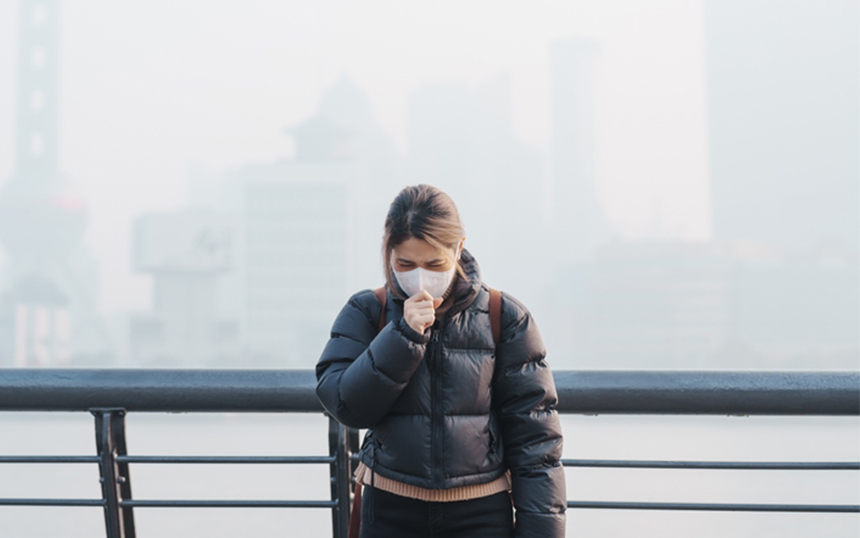In Ranchi and across North India, air quality tends to worsen during late October and November — largely due to increased pollution, smog, and temperature inversions. These environmental changes can aggravate respiratory symptoms, trigger flare-ups, and increase hospital visits.
At Breath N Health Clinic, Ranchi, Dr. A. K. Srivastav, Consultant Physician, emphasizes early preparedness and lifestyle adjustments to help patients breathe easier throughout the cold months.
Why Winter Worsens Respiratory Problems
- Drop in air temperature: Cold air can constrict airways, making breathing harder.
- Poor air quality: Smoke, smog, and pollutants get trapped near the ground.
- Increased viral infections: Flu and common cold are more prevalent in winter.
- Indoor exposure: Staying indoors with poor ventilation increases exposure to dust and allergens.
Understanding COPD in Simple Terms
- Persistent cough with mucus
- Wheezing or chest tightness
- Shortness of breath, especially on exertion
- Fatigue or reduced exercise tolerance
While COPD cannot be completely cured, timely management can slow progression and improve quality of life
- Avoid outdoor walks during early morning or late evening when pollution peaks.
- Prefer indoor exercise or light yoga during poor-air days.
2. Keep Warm, but Ventilated
Cold air is a common trigger.
- Cover your nose and mouth with a warm scarf or pollution mask when outdoors.
- Maintain indoor temperature at a comfortable, stable level.
- Air out your rooms daily to reduce indoor pollutants.
- Annual flu vaccine and pneumococcal vaccination are strongly advised.
- If you notice fever, increased sputum, or worsening breathlessness — seek medical help early.
- Continue long-term inhaled bronchodilators or corticosteroids as prescribed.
- Keep a rescue inhaler handy for sudden breathlessness. Regular follow-ups with your physician help prevent flare-ups.
- Avoid wood fires, incense sticks, or mosquito coils.
- Cook in well-ventilated areas and avoid exposure to exhaust fumes.
- Quit smoking — it’s the single most effective step to improve lung health.
- Drink plenty of fluids to keep mucus thin.
- Eat antioxidant-rich foods like oranges, spinach, and carrots to support immunity.
- Limit fried and processed foods that may worsen inflammation.
When to Seek Immediate Medical Help Call your doctor promptly if you notice:
- Sudden worsening of breathlessness or wheezing
- Change in mucus color or volume
- Chest tightness or high fever
- Confusion or bluish lips/fingertips
Prompt treatment can prevent hospitalization and serious complications.
Expert Insight from Ranchi
“Winter is a tough season for many of my COPD and asthma patients. But with proactive care — regular inhaler use, masks, and vaccination — most flare-ups can be prevented,” says Dr. A. K. Srivastav, Consultant Physician at Breath N Health Clinic, Ranchi. “Awareness and early intervention make all the difference.”
- Practice deep-breathing or pursed-lip breathing exercises daily.
- Keep indoor plants like Areca palm or Snake plant that help improve air quality.
- Schedule routine check-ups and lung function tests at least twice a year.
- Avoid exposure to crowded or dusty environments when AQI levels are high.
Conclusion
As the air gets colder and pollution levels rise, protecting your lungs should become a top priority. COPD and asthma need consistent care — not seasonal attention. With the right preventive steps, medication adherence, and timely consultation, you can enjoy the winter months without compromising your breathing comfort.
At Breath N Health Clinic, Ranchi, Dr. A. K. Srivastav offers comprehensive management for COPD, asthma, and other respiratory disorders — blending evidence-based medicine with practical lifestyle guidance to help patients breathe easier, every season.

